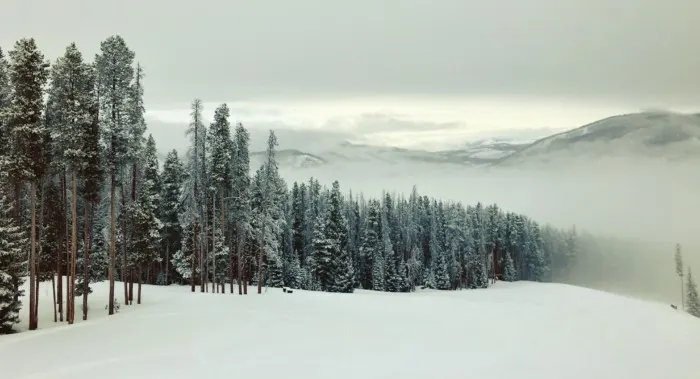
Winter hiking can be a bit more challenging than hiking in the summer. It requires more technical gear and a little more research.
Hiking in the winter can be dangerous because the trail can be much more slippery and avalanches are a factor. Hypothermia and frostbite are also something to be very aware of and you should know the symptoms.
Here are a few tips for winter hiking that will help make it a breeze and much safer!
This post may contain affiliate links. Disclosure policy.
Do Your Research Before Winter Hiking:
One of the most important tips for winter hiking is to do your research before heading out on the trail. Research the hike and make sure it is accessible in the winter. Some trails may be closed in the winter due to avalanche danger or other factors.
Other questions to consider, is will the trail be maintained? Will you need a GPS tracker to know where to go? Often times trails will be thickly covered in snow, making it impossible to follow. Consider packing a GPS tracker, to know the route and can call someone in case of an emergency.
Check The Weather Before Winter Hiking:
And of course, another important tip for winter hiking is to check the weather before heading out on the trail. You need to make sure there isn’t a storm on the way and that the conditions aren’t dangerous.
Some great apps to help determine the weather other than your traditional Weather App are UAV Forecast, Open Summit, Weather Underground, and Avalanche Forecasts. UAV Forecast is best known for tracking wind and gusts.
Open Summit is super great if you are planning to hike a mountain peak. The app is super detailed and gives you specific times of precipitation, lightning, temperature, and wind conditions along your route.
Weather Underground is great for planning an adventure. The app can help you avoid certain weather, whether it be rain, snow, lightning, heavy winds, etc. For example, it might help you choose a different route to avoid certain weather.
And last but certainly not least for tips for winter hiking is Avalance Forecasts. It’s super important to follow avalanche forecasts when winter hiking so you know if you are putting your life at risk or not. After wet, heavy precipitation, it’s best to avoid certain areas.
Wear The Proper Footwear When Winter Hiking:
It’s super important to wear the proper footwear when winter hiking. You can’t just wear a pair of gym trainers and expect no problems out on the trail. You will want a pair of boots that have good traction, waterproof outer layer and warmth. Depending on conditions, you might want to add Yaktrax, Crampons, or Snowshoes.
If the snow is deep, snowshoes are probably the best option. This will allow you to float above the snow and not sink in on every step.
Crampons are best used if the conditions are icy. This will help you from slipping on the icy trail and if there is any elevation on the trail. They are generally used for ice climbing.
For a lighter and less expensive traction option for winter hiking are Yaktrax. These are relatively easy to put on and take off between conditions.
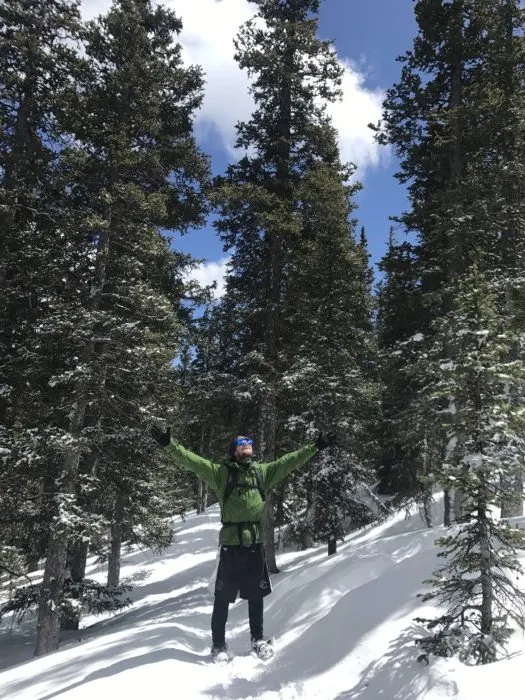
Wear The Proper Layers:
It’s best to dress in layers when hiking in the winter, so you can regulate your body temperature along the hike. If you are winter hiking and climbing up a mountain, the weather can drastically change from the bottom of the hike to the top.
It’s best to wear sweat-wicking clothing because oftentimes you can sweat while winter hiking. Obviously, if you sweat and then cool down it can make you much colder and cause your body temperature to drop. But sweat-wicking layers will help evaporate the sweat and not soak into the clothing to help regulate your temperature.
Another great idea would be to wear waterproof layers on the outside so you don’t get your underlayers wet from rain or snow. We also suggest bringing a hat, gloves and a neck buff to keep warm.
For laying tips, follow our guide for what to wear winter hiking?
Stay Hydrated When Winter Hiking:
One of the most important tips for winter hiking is to stay hydrated. When hiking in the winter, you can sometimes forget to drink water because it won’t be as hot out. But drinking water in the winter is just as important as drinking water on a hike in the summer. It’s especially important when hiking at elevation.
Don’t go alone:
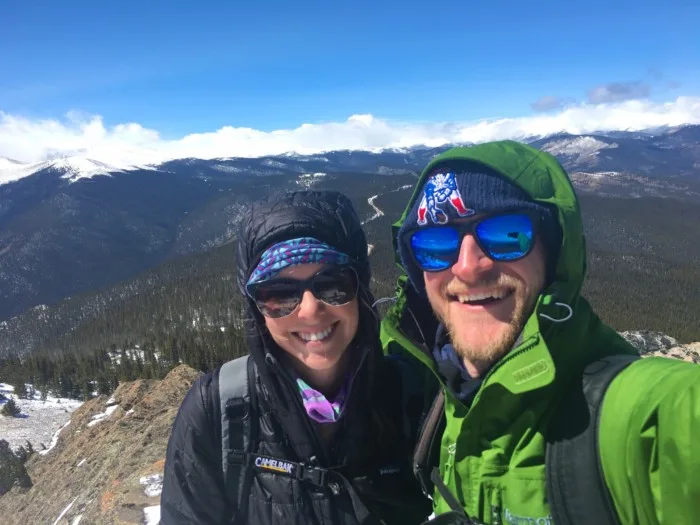
One of my favorite tips for winter hiking is to not hike alone. Obviously hiking alone is never the safest choice and never really suggested.
Always let people know where you are going, whether you are alone or if you are hiking with someone else or a group. That way in case of an emergency, people know where you are!
Keep Electronics Warm:
Most electronics aren’t meant to be out in super cold temperatures. And it’s always better to have a working cell phone/GPS rather than a dead cell phone/GPS. Therefore, try to keep your cell phone and other electronics near your body for warmth. Sometimes we like to fire up a hand warmer and set it near our cell phones, electronics if we are in a super cold climate.
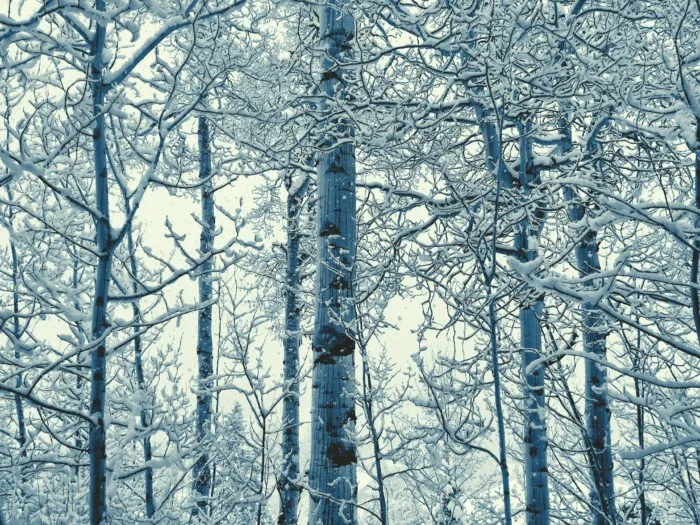
Know your limits For Winter Hiking:
Don’t test your luck when out in cold conditions. Hypothermia and frostbite can set in quick if you are not properly prepared for the winter conditions. Therefore, you don’t want to get stuck in a situation where you are out in the cold weather for too long of an extended period.
Also, post-holing is something to be aware of when winter hiking. This is when you sink into snow sometimes above your waist. If a whole hike is in these conditions, you might want to reconsider your route. This can be extremely exhausting to have to pull your leg up out of a hole every time. My best tips for winter hiking is to avoid trails that might have post-holing involved or bring along snowshoes to help avoid post-holing.
Takeaway | Tips For Winter Hiking:
You just need to be a little extra cautious when hiking in the winter, but winter hiking can be just as fun and beautiful as summer hiking if done correctly. There are different views with snow-covered trees and mountains. Take advantage of the fresh air, scenic exercise, and most importantly have fun out there! We hope this guide for tips for winter hiking helps get your out on the trail no matter the season!
Make sure you pack the 8 Essentials For Your Hiking Pack.
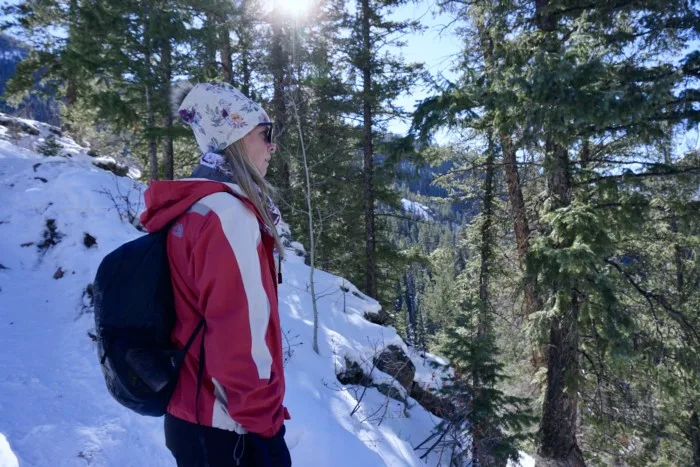
Help Share ‘Tips For Winter Hiking’ On Pinterest!
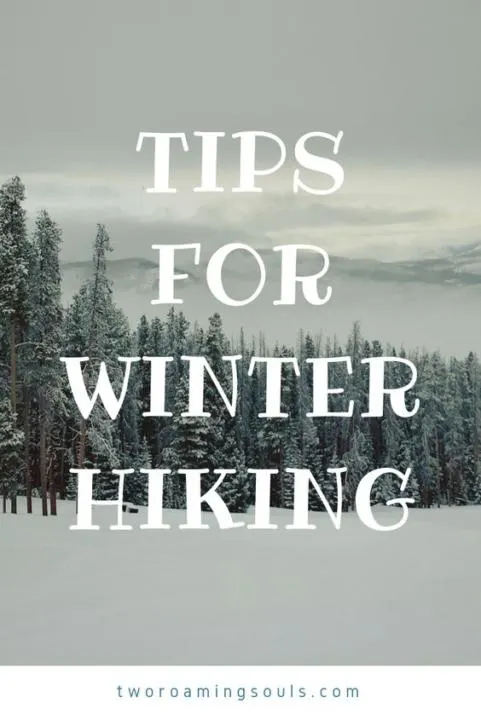

Ultimate Guide To Box Canyon Falls: Ouray, CO - tworoamingsouls
Monday 3rd of April 2023
[…] Hikers can still visit Box Canyon in the winter, but the upper parking lot is closed during the winter months and is unsafe to drive on. Hikers can park down at the bottom of the road and walk up the road to the falls. Do be prepared for winter hiking conditions. […]
Tips For Hiking In The Mountains - tworoamingsouls
Monday 3rd of April 2023
[…] check out our winter hiking tips and what to wear winter […]
Hanging Lake in Colorado | Everything You Need To Know - tworoamingsouls
Saturday 11th of February 2023
[…] Tips For Winter Hiking […]
Top 5 Best Hikes In Vail, Colorado - tworoamingsouls
Sunday 14th of November 2021
[…] of these hikes can be done in the winter, but special preparation and gear is necessary. Deep snow or ice can make these already challenging trails even harder. Warmer winter layers […]
Jade Lake & Marmot Lake | Epic 20-Mile Backpacking Trip - tworoamingsouls
Friday 3rd of September 2021
[…] You will most likely encounter snowy sections along the trail, so it’s best to have micro-spiked for these sections. Be prepared and pack all the essentials for winter hiking. […]